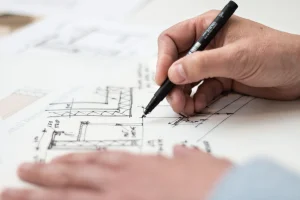
How To Deal With Retaining Walls In Your Backyard Remodeling Phase
Photographers from all over the globe have taken a lot of amazing photos of Retaining Walls On A Slope. They can be found in almost all photo shops or on the internet. You can also find information on Retaining Walls On A Slope on a variety of blogs. Some of these might be very funny while others might surprise you. If you don’t like the idea that comes to mind, keep reading and I will give you another thought.
One of the most important things to know about Retaining Walls On A Slope is that they are usually put up when the slope is less than 5 degrees. This is to keep the soil between the retaining wall & the base of the house. Usually a concrete slab is used for this, and the reason for this is because it’s strong enough to bear weight. You should also note that there are other options. You can have a patio that extends past the house on slope. This is where you can use a pergola or pavilion.
When building Retaining Walls on a Slope, there are many things to remember. First, ensure the slope is straight. Measure it using the Metric System to verify that it is straight. This is crucial as a slope could make your home unstable or make maintaining the correct levels of the ground difficult.
Before you begin building anything, make sure to inspect your soil. It’s important to check if your soil is slightly sandy. If you have clay soil, it’s a good idea to add gypsum. This will retain moisture as well as the soil’s moisture retention capabilities. A pergola or other gazebo can be placed over the retaining line to provide drainage. This creates a sloped plant area.
The second stage is to plant your vegetation and arrange them according to the type of plants you want in your Retaining Walls On A Slope planting area. If you have lots of greenery, it is best to place it on the north-facing side of your retaining walls. The southern side should be kept free of greenery. It is also important to decide if you prefer a straight line or an intricate path. Straight lines look more natural and straight as compared to an intricate path planting area.
The final step is to put the finishing touches on your sloped garden bed. You can choose from stone or wood. Handrails can be installed around your patio. This will allow you to enjoy your view, while protecting your terraced wall retaining walls from the weather and pets.
If you have the funds, you could make wooden planks to surround your outdoor space. For concrete blocks, you could use bricks or blocks that are shaped like a brick, or concrete. However, bricks are a bit too common so you might not want to use these on your terraced retaining walls. Concrete blocks and bricks can also mean that you will have to spend a lot to create a beautiful backyard. That’s why some people prefer using timber, or stone to surround their patios and backyards.
You can also plant flowers in your garden to overcome the problem of retaining wall construction. The beauty of flowers is that they can change the whole look of your yard. You can plant flowers in your garden in the summer and cover them with a blanket in the winter. You can keep your existing terraced wall looking great with this simple preparation. Then, it’s easy to remodel your backyard.


